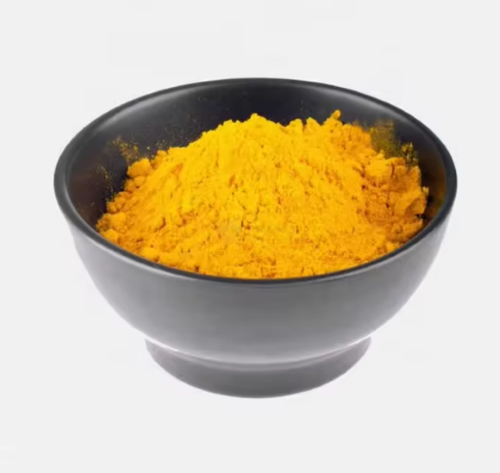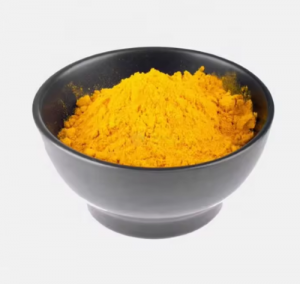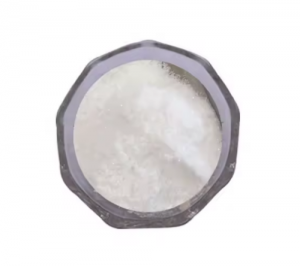
Precious metals have been highly valued throughout history, not only for their beauty and rarity but also for their unique physical and chemical properties. Among the most significant precious metals are gold, silver, platinum, palladium, and rhodium. These metals and their compounds play critical roles in a wide range of industrial, technological, and medical applications. This article discusses the key types of compounds formed by these metals, highlighting their properties and uses.

Gold chloride is a versatile compound with several important applications.
Gold cyanide is primarily used in electroplating, where it enables the deposition of a thin layer of gold onto various substrates. This process is critical in manufacturing jewelry, decorative items, and electronic components. The ability to coat objects with gold enhances their aesthetic appeal and provides corrosion resistance, making them more durable.

Silver nitrate is a well-known compound with a broad range of applications.
Silver chloride is another essential silver compound.
Platinum oxide is a powerful oxidizing agent with significant applications in catalysis.
Cisplatin is a platinum-based compound widely used in cancer treatment. Its mechanism of action involves binding to DNA and interfering with cell division, leading to the death of cancer cells. Cisplatin is used to treat various types of cancer, including testicular, ovarian, and bladder cancers. Its effectiveness has made it a cornerstone in chemotherapy regimens, significantly improving patient outcomes.
Palladium chloride is an important catalyst in organic synthesis.
Palladium acetate is another key catalyst in organic synthesis. It is particularly effective in coupling reactions, where it helps form carbon-carbon bonds. This capability is crucial for creating complex organic molecules, including those used in drug development. Palladium acetate’s role in catalysis enhances the efficiency and selectivity of chemical processes, contributing to the advancement of various industries.
Rhodium chloride is a versatile compound with significant applications in catalysis and electroplating.
Rhodium acetate is another essential rhodium compound used in organic synthesis. It serves as a catalyst in various reactions, including carbon-carbon coupling and hydroformylation. Rhodium acetate’s role in catalysis improves the efficiency and selectivity of chemical processes, contributing to the development of new pharmaceuticals and other high-value products.
Related reading: Noble Metal Compounds: Varieties and Applications
Precious metal compounds play critical roles in modern technology, industry, and medicine. Gold, silver, platinum, palladium, and rhodium compounds, with their unique properties and capabilities, are indispensable in catalysis, electronics, photography, medicine, and many other fields.
As research and technology continue to advance, the applications of these compounds are likely to expand further, driving innovation and enhancing the quality of life. Understanding the properties and uses of these key precious metal compounds underscores their importance in various high-tech and industrial applications, highlighting their enduring value in our world. For more metal products, please check Advanced Refractory Metals (ARM).
Copyright © 1994-2024 Advanced Refractory Metals owned by Oceania International LLC, All Rights Reserved.